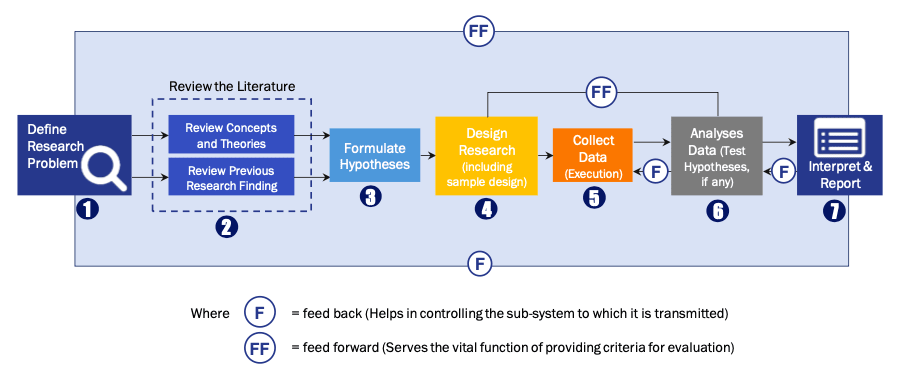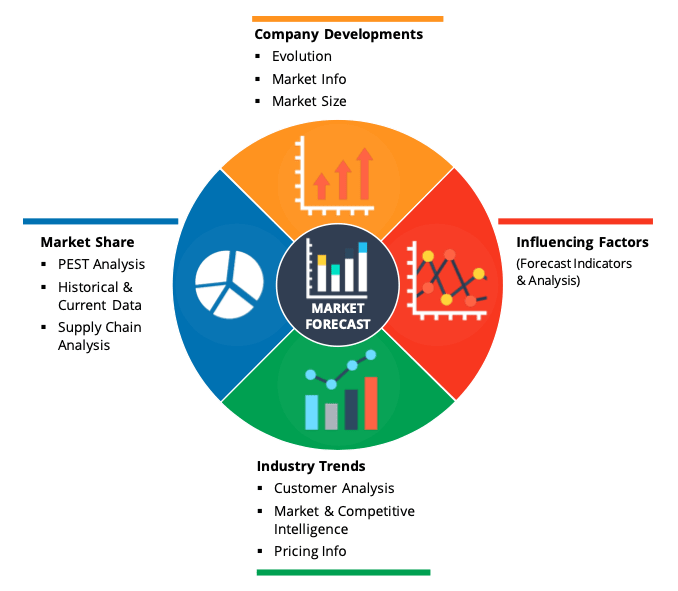Market OverviewWearable technology specifies devices with components such as battery, connectivity, sensor, interface, and other material as well as algorithm. They are generally worn either on the body such as the on the neck, ear, eye, hand, wrist, foot or inside the clothing. Wearable devices streamline human computer interface through a small device worn on the body. Key devices in the category are activity trackers, smart glasses, smart clothing, smartwatches, augmented reality (AR) devices, gaming devices and wearable cameras.
Additionally, they offer wide range of services including hands-free operation, network communication, real-time data monitoring, and the logic calculations. Sensors are most vital component in the wearable technology; they help produce information about physical state. The sensors can quantity everything from surroundings including motion, orientation, sound, light, humidity, biometrics and temperature, such as heart rate and blood pressure.
Moreover, continued innovation in the sensor technologies is anticipated to expand wearable technology abilities even more. Therefore, the need for the sensors in wearable devices is considered as one of the key factors supporting the growth of the market.
Segment OverviewBased on technology, wrist devices such as smart watches are most prevalent amongst other applications. The innovations owing personalization is the major factor leading to the highest market share of wrist devices, especially in emerging markets due to the dominance in consumer products. Therefore, the demand for the smart watches drive growth of wearable sensors market.
The latest additions to wearable healthcare market is wearable imaging devices. Wearable sensors of imaging devices capture the brain activity of patient in the situations where the traditional methods cannot succeed. The devices help to identify the neuro-degenerative disorders in patients.
Regional OverviewNorth American is poised to occupy the largest share as region offers room to most prominent players and is in the position to adopt the technological advancements at the earliest. High adoption of the digital technology in the U.S. has intensified growth of the market in the region. Furthermore with the booming healthcare sector, the market is projected to flourish.
The European region occupies the second position and is expected to evolve at the significant pace in the coming future. With increasing technological advancements and purchasing power the region is expected to gain an impetus.
The Asia Pacific region is projected to grow at the fastest rate as strong economic growth has pervaded healthy purchasing power in the countries, which is further expected to encourage the rise of wearable sensors during the forecast period.
Competitor overview
The market is consolidated due to the existence of the limited number of players present in few countries. The major players have implemented various organic as well as inorganic growth approaches such as new product launches, mergers & acquisitions, expansions, joint ventures, agreements, partnerships, and others to support their position.
In April 2019: A team of investigators at the Binghamton University, The State University of New York (NY) have developed skin-inspired electronics to imitate to the skin, this allows high-performance, real-time and long-term, wound monitoring in the users.
Key Players
- TE Connectivity
- Panasonic Corporation
- Infineon Technologies AG
- ams AG
- Robert Bosch GmbH
- STMicroelectronics
- Analog Devices, Inc.
- Asahi Kasei Corporation
- Knowles Electronics, LLC.
- Broadcom
- NXP Semiconductors
- ARM Holdings PLC.
- Texas Instruments Inc.
- mCube
- Sensirion AG
- Invensense, Inc
Market Segmentation
By Type
- Accelerometers,
- Magnetometers,
- Gyroscopes,
- Image Sensors,
- Inertial Sensors,
- Temperature & Humidity Sensors,
- Pressure & Force Sensors,
- Touch Sensors
- Motion Sensors
By Application
- Wrist wear
- Eyewear
- Body wear
By Geography
- North America
- Europe
- UK
- Germany
- France
- Italy
- Spain
- Rest of Europe
- Asia-Pacific
- Japan
- China
- India
- Australia
- South Korea
- Rest of Asia-Pacific
- LAMEA
- Brazil
- Saudi Arabia
- UAE
- Rest of LAMEA
Research Process
Data Library Research are conducted by industry experts who offer insight on
industry structure, market segmentations technology assessment and competitive landscape (CL), and penetration, as well as on emerging trends. Their analysis is based on primary interviews (~ 80%) and secondary research (~ 20%) as well as years of professional expertise in their respective industries. Adding to this, by analysing historical trends and current market positions, our analysts predict where the market will be headed for the next five years. Furthermore, the varying trends of segment & categories geographically presented are also studied and the estimated based on the primary & secondary research.
In this particular report from the supply side Data Library Research has conducted primary surveys (interviews) with the key level executives (VP, CEO’s, Marketing Director, Business Development Manager
and SOFT) of the companies that active & prominent as well as the midsized organization
FIGURE 1: DLR RESEARH PROCESS

Primary Research
Extensive primary research was conducted to gain a deeper insight of the market and industry performance. The analysis is based on both primary and secondary research as well as years of professional expertise in the respective industries.
In addition to analysing current and historical trends, our analysts predict where the market is headed over the next five years.
It varies by segment for these categories geographically presented in the list of market tables. Speaking about this particular report we have conducted primary surveys (interviews) with the key level executives (VP, CEO’s, Marketing Director, Business Development Manager and many more) of the major players active in the market.
Secondary Research
Secondary research was mainly used to collect and identify information useful for the extensive, technical, market-oriented, and Friend’s study of the Global Extra Neutral Alcohol. It was also used to obtain key information about major players, market classification and segmentation according to the industry trends, geographical markets, and developments related to the market and technology perspectives. For this study, analysts have gathered information from various credible sources, such as annual reports, sec filings, journals, white papers, SOFT presentations, and company web sites.
Market Size Estimation
Both, top-down and bottom-up approaches were used to estimate and validate the size of the Global market and to estimate the size of various other dependent submarkets in the overall Extra Neutral Alcohol. The key players in the market were identified through secondary research and their market contributions in the respective geographies were determined through primary and secondary research.
Forecast Model


